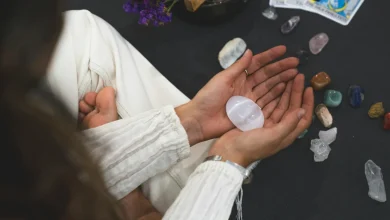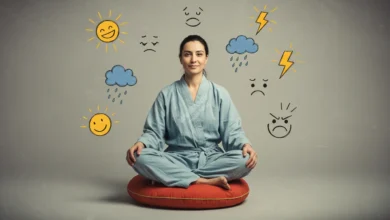Debunking Myths: Why Mindfulness Isn’t Just a Trend
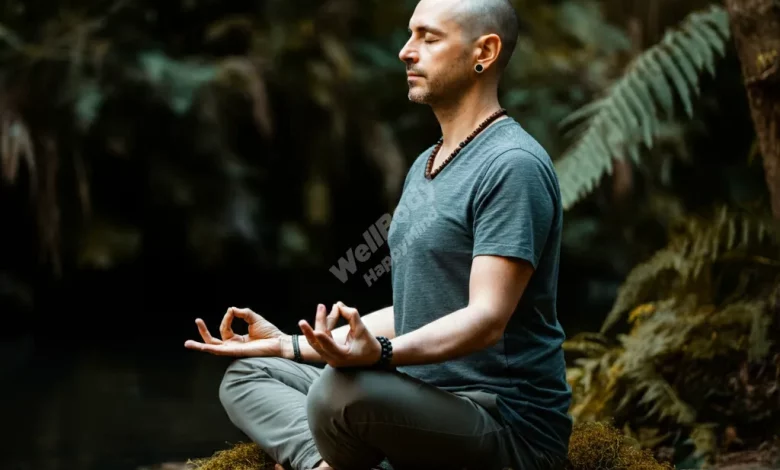
Have you heard about mindfulness lately? It seems to be everywhere! But did you know that mindfulness isn’t new at all? In fact, people have been practicing it for thousands of years!
Many folks think mindfulness is just another trendy fad. They’re not sure what it really means or how it can help them. That’s why we’re here today.
In this post, we’ll explore why mindfulness is more than a trend. We’ll look at some common myths about mindfulness. Then, we’ll uncover the truth behind them.
Mindfulness is a simple but powerful tool. It can help you in many ways. It can make you feel calmer. It can help you focus better. It might even make you healthier!
Are you ready to learn more? Let’s take a deep breath and dive into the world of mindfulness together!
What is Mindfulness?
Let’s start with the basics. What exactly is mindfulness?
Mindfulness is about paying attention to the present moment. It’s being aware of your thoughts, feelings, and surroundings. When you’re mindful, you’re not worrying about the past or future. You’re just focusing on right now.
Here are some key ideas about mindfulness:
- It’s about awareness
- It involves accepting your thoughts and feelings
- It helps you stay present
- It can be practiced anytime, anywhere
Mindfulness has been around for a long time. It comes from ancient Buddhist practices. But today, people of all backgrounds use it.
Many people think mindfulness and meditation are the same thing. They’re not! Let’s look at the differences:
| Mindfulness | Meditation |
|---|---|
| Can be done anytime | Usually done at set times |
| Focuses on present moment | Can focus on various things |
| Doesn’t require special posture | Often involves specific postures |
| Can be brief (even a few seconds) | Usually lasts longer |
Both mindfulness and meditation can be helpful. You can even use them together!
Common Myths About Mindfulness
Many people have wrong ideas about mindfulness. Let’s look at some common myths and learn the truth.
Myth 1: Mindfulness is Just Another Fad
Some folks think mindfulness is just a passing trend. But that’s not true!
Here’s why:
- Mindfulness has been around for thousands of years
- Scientists have been studying it for decades
- Research shows it has real benefits
Some key studies show:
- Mindfulness can reduce stress
- It may help with depression and anxiety
- It can improve focus and memory
Myth 2: Mindfulness is Only for Stress Relief
Many people think mindfulness is just for relaxation. But it can do so much more!
Mindfulness can help with:
- Better sleep
- Improved relationships
- Increased creativity
- Better decision-making
- Pain management
It’s not just about feeling calm. Mindfulness can help you grow as a person.
Myth 3: Mindfulness Requires Hours of Daily Practice
Good news! You don’t need to spend hours meditating every day.
Here are some quick mindfulness exercises:
- Take three deep breaths
- Notice five things you can see
- Pay attention to the taste of your food
- Listen to the sounds around you
- Feel your feet on the ground as you walk
Even a few minutes of mindfulness can make a difference!
Myth 4: Mindfulness is a Religious Practice
Some people think mindfulness is only for Buddhists. This isn’t true!
Here’s what you need to know:
- Mindfulness has roots in Buddhism
- But today, it’s used by people of all beliefs
- You don’t need to follow any religion to practice mindfulness
- It’s a tool for everyone
Mindfulness can fit with any belief system. It’s about paying attention, not worshiping.
Myth 5: Mindfulness is Only for Adults
Many think mindfulness is too hard for kids. But that’s not true!
Children and teens can benefit from mindfulness too. Here’s how:
- It can help them focus better in school
- It can teach them to manage emotions
- It can boost their self-esteem
Some fun mindfulness activities for kids:
- Blowing bubbles and watching them float
- Listening to a bell or chime until the sound fades
- Taking a slow, mindful walk in nature
- Doing a “body scan” to notice how they feel
Mindfulness can be fun and playful for kids!
The Science Behind Mindfulness
Now, let’s look at what science says about mindfulness.
Researchers have found that mindfulness can change our brains. Here’s how:
- It can increase gray matter in the brain
- It can shrink the amygdala, which handles stress
- It can strengthen the prefrontal cortex, which helps with focus
Key research findings:
- Mindfulness can lower blood pressure
- It may boost the immune system
- It can improve sleep quality
- It might reduce chronic pain
These changes can lead to better mental and physical health.
Integrating Mindfulness into Daily Life

You don’t need special equipment or lots of time to practice mindfulness. Here are some easy ways to add it to your day:
- Morning mindfulness: Take a few deep breaths when you wake up
- Mindful eating: Pay attention to the taste and texture of your food
- Mindful walking: Notice how your feet feel as you walk
- Mindful listening: Really focus on what others are saying
- Bedtime reflection: Think about three good things from your day
Mindfulness can fit into different parts of your life:
At work:
- Take short breathing breaks
- Do one task at a time (single-tasking)
- Notice your posture and adjust if needed
At home:
- Mindful cleaning: Focus on the task as you do it
- Mindful showering: Feel the water on your skin
- Mindful cooking: Notice the smells and sounds
In relationships:
- Listen fully without planning what to say next
- Notice your feelings during conversations
- Pause before reacting to something upsetting
Some more mindful activities you can try:
- Coloring
- Gardening
- Yoga
- Tai Chi
- Journaling
Remember, mindfulness is about being present in whatever you’re doing. You can practice it anytime, anywhere!
The Future of Mindfulness
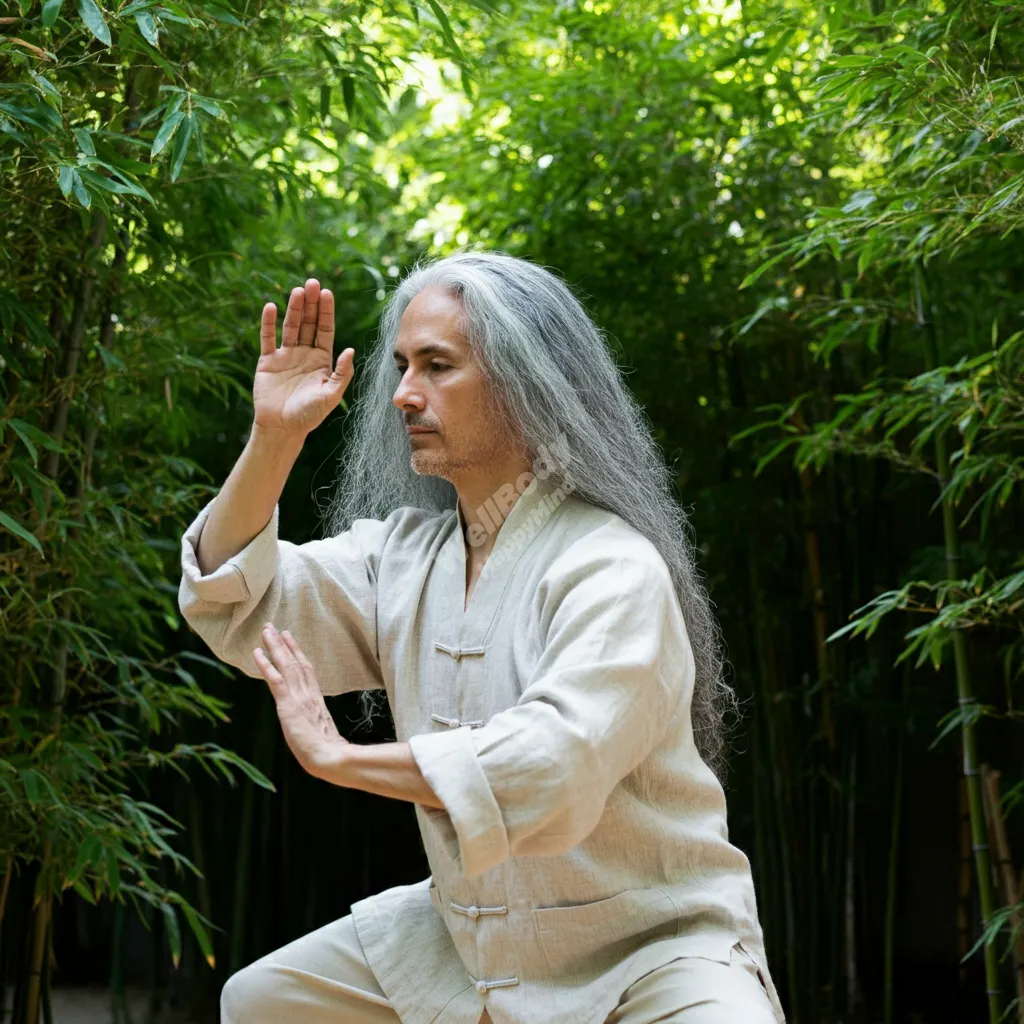
Mindfulness isn’t just a current trend. It’s here to stay! Let’s look at what the future might hold for mindfulness.
Research on mindfulness is growing fast. Scientists are finding new ways it can help us. Here are some exciting areas:
- Healthcare: Doctors might prescribe mindfulness along with medicine
- Education: More schools are teaching mindfulness to students
- Workplace: Companies are using mindfulness to boost productivity
New ways to practice mindfulness are popping up:
- Virtual reality mindfulness experiences
- Mindfulness apps with personalized programs
- Wearable devices that remind you to be mindful
Mindfulness might help with big problems in the future:
- Dealing with climate anxiety
- Coping with fast-changing technology
- Managing information overload
Experts think mindfulness will become a normal part of life. It might be as common as brushing your teeth!
Remember, the goal of mindfulness isn’t to fix everything. It’s to help us handle life better. As the world changes, mindfulness can help us stay balanced.
Conclusion
We’ve learned a lot about mindfulness today. Let’s recap the main points:
- Mindfulness is not just a trend. It’s been around for thousands of years.
- It’s more than just stress relief. It can help in many areas of life.
- You don’t need to practice for hours. Even a few minutes can make a difference.
- Mindfulness is for everyone – adults, kids, and people of all beliefs.
- Science shows that mindfulness can change our brains and improve our health.
Remember, mindfulness is about being present in the moment. It’s a simple idea, but it can have a big impact on your life.
You can start small. Try a deep breath or two right now. Notice how you feel. That’s mindfulness!
As you go through your day, look for chances to be mindful. It could be while you’re eating, walking, or talking with friends.
Mindfulness isn’t about being perfect. It’s about noticing and accepting what’s happening right now. With practice, it can become a natural part of your life.
So, why not give it a try? You might be surprised at how much it can help you!
Additional Resources
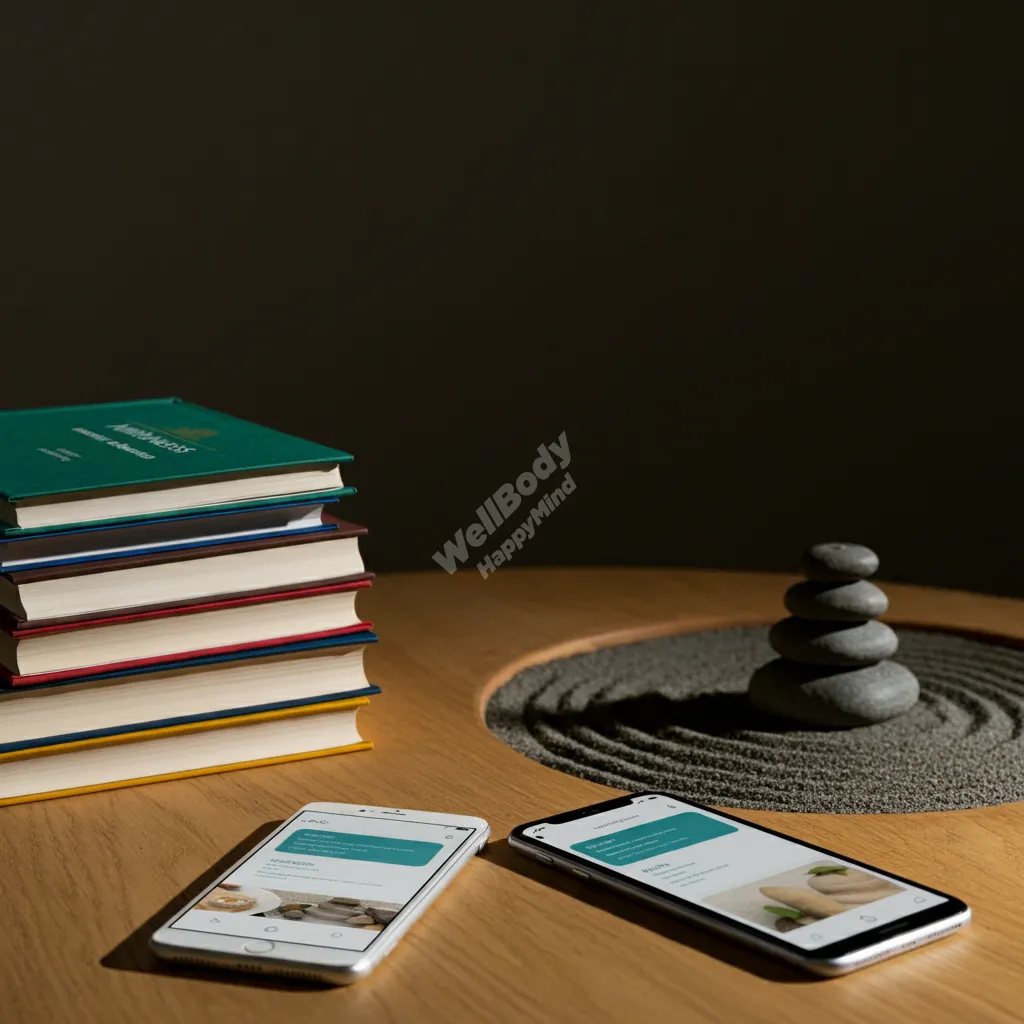
Want to learn more about mindfulness? Here are some great places to start:
Recommended Books on Mindfulness:
- “Mindfulness for Beginners” by Jon Kabat-Zinn
- “The Miracle of Mindfulness” by Thich Nhat Hanh
- “Wherever You Go, There You Are” by Jon Kabat-Zinn
- “Real Happiness” by Sharon Salzberg
- “Mindfulness: An Eight-Week Plan for Finding Peace in a Frantic World” by Mark Williams and Danny Penman
Reliable Websites and Apps for Mindfulness Practice:
- Headspace: App with guided meditations (www.headspace.com)
- Calm: App for sleep, meditation, and relaxation (www.calm.com)
- Insight Timer: Free app with thousands of guided meditations (insighttimer.com)
- Mindful.org: Website with articles and resources on mindfulness
- UCLA Mindful Awareness Research Center: Free guided meditations (www.uclahealth.org/marc)
Finding Local Mindfulness Classes or Workshops:
- Check your local community centers or yoga studios
- Look for mindfulness meetups in your area
- Ask at your local library or health center
- Search for online classes if in-person options aren’t available
- Some workplaces offer mindfulness programs – ask your HR department
Remember, the best mindfulness practice is the one that works for you. Don’t be afraid to try different resources until you find what fits your needs and lifestyle.
